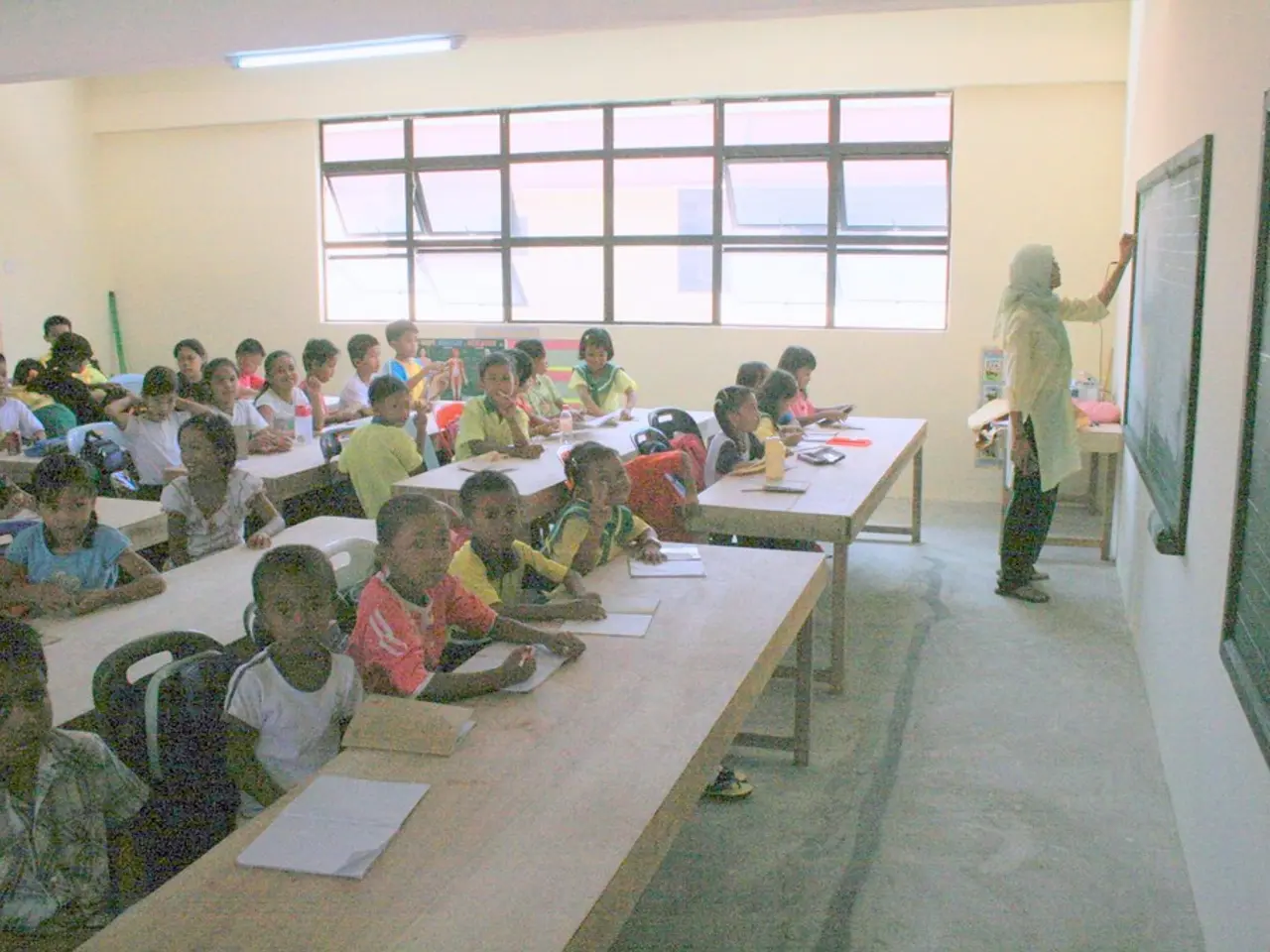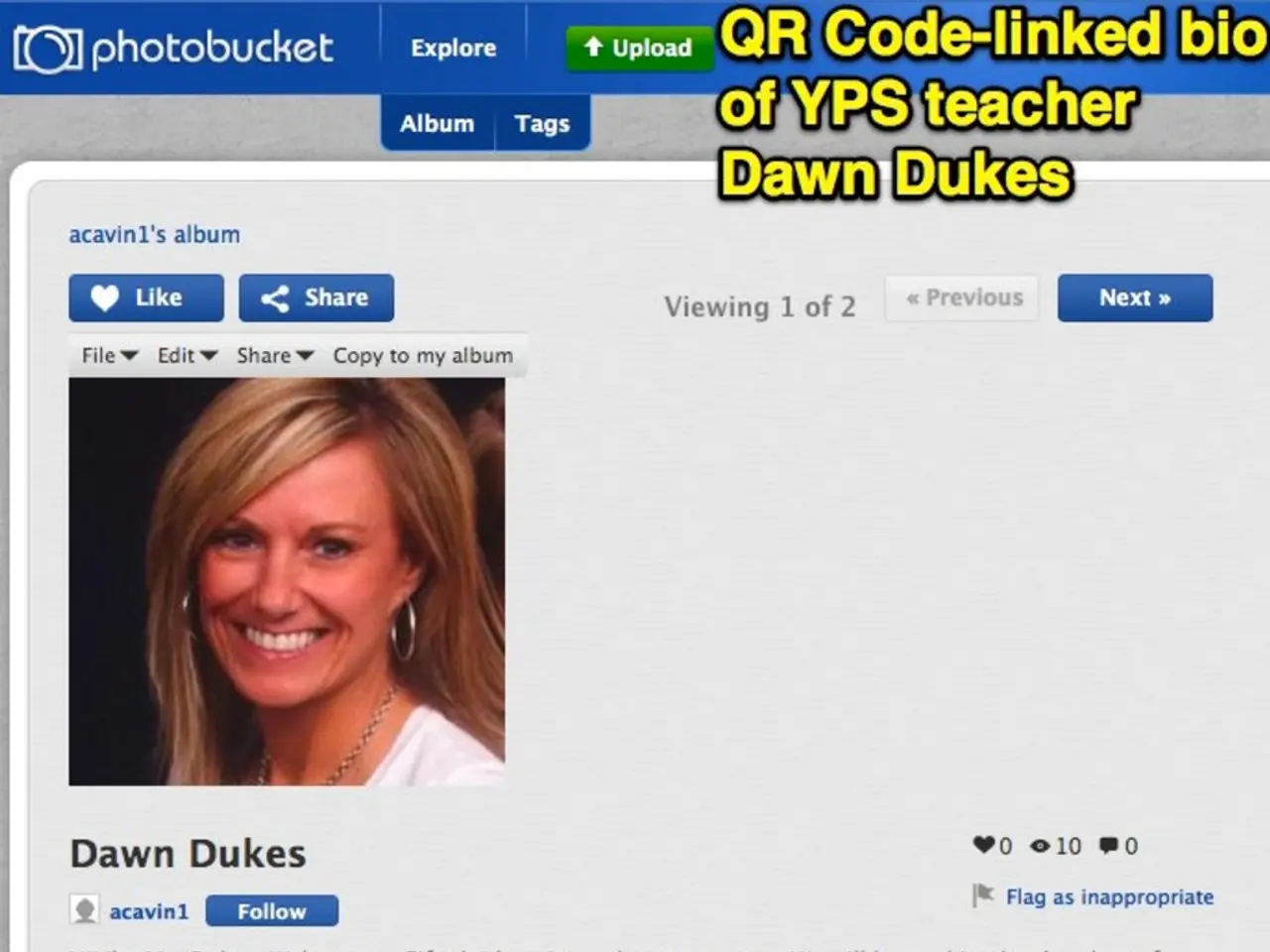Managing Harmonious Flow: Strategies for Editors to Maintain Uniformity in Publication Across Various Mediums
In the realm of K12 eLearning, ensuring content consistency is crucial for a seamless and effective learning experience. Here are some key strategies that can help achieve this goal.
Following Proven Instructional Design Models
Adopting proven instructional design models, such as ADDIE, SAM, or Bloom's Taxonomy, guarantees that the content is pedagogically sound and consistently structured [2].
Designing Content with Microlearning, Scenario-based Learning, and Gamification
Incorporating principles like microlearning, scenario-based learning, and gamification helps make the content uniform in format and engagement style across platforms [2].
Ensuring Interoperability
Developing content that integrates seamlessly with various digital learning platforms and Learning Management Systems (LMSs), such as Canvas and Google Classroom, keeps functionality and user experience uniform without the need for manual adjustments [3].
Using Branding Elements and Design Principles
Applying branding elements and design principles, like Contrast, Alignment, Repetition, Proximity (CARP), maintains a consistent look and feel across digital course materials [2].
Creating Modular and Well-Structured Content Units
Developing modular and well-structured content units, such as chapter-wise workbooks, aligns with institutional goals and educational standards, facilitating consistency in content delivery [4].
Maintaining Quality Control
Ensuring quality control by proofreading, editing, and expert reviews across all content formats (text, audio, video) ensures uniform quality regardless of platform [1].
Incorporating Active Learning Elements
Consistently incorporating active learning elements, such as role-plays or interactive exercises, engages students similarly on all platforms [1].
Using Digital Formats Compatible Across Devices and Tools
Utilising digital formats compatible across devices and tools, including multimedia elements like videos and interactive quizzes, provides a uniform learner experience [2][4].
By implementing these strategies, K12 eLearning content can stay consistent in instructional quality, user experience, and educational effectiveness across diverse delivery platforms. This approach supports reliable learning outcomes and smooth integration for educators and students alike [2][3][4].
Other considerations include creating content in compatible formats to avoid glitches during delivery, matching content quality and style with international standards and organisational ones to ensure inclusivity and align educational materials with global benchmarks, using usage analytics for data-driven decisions, allowing for community feedback to enhance content consistency, and conducting regular content management meetings to ensure everyone is on the same page.
Our cutting-edge K12 digital textbook platform offers additional features such as white labeling, DRM protection, and other valuable tools for maintaining content consistency. It streamlines the delivery of digital content and provides access to its powerful K.AI tools and insightful learning analytics.
- Technology can play a significant role in education-and-self-development by integrating Learning strategies such as utilizing digital formats compatible across devices and tools, which provides a uniform learner experience.
- To ensure content consistency, educators can follow technology-driven approaches like designing content with microlearning, scenario-based Learning, and gamification, as they help make the content uniform in format and engagement style across platforms.




